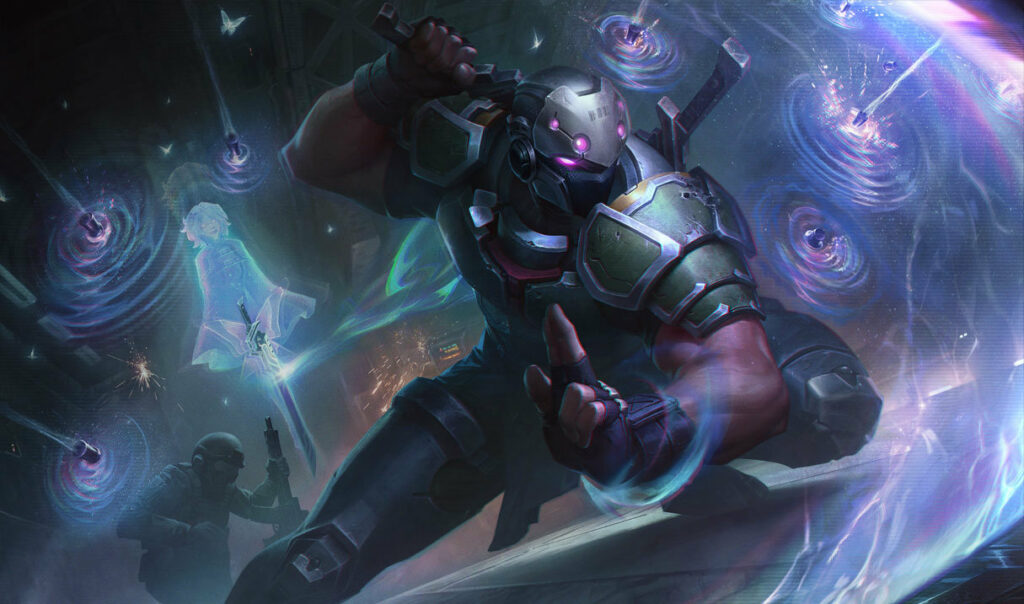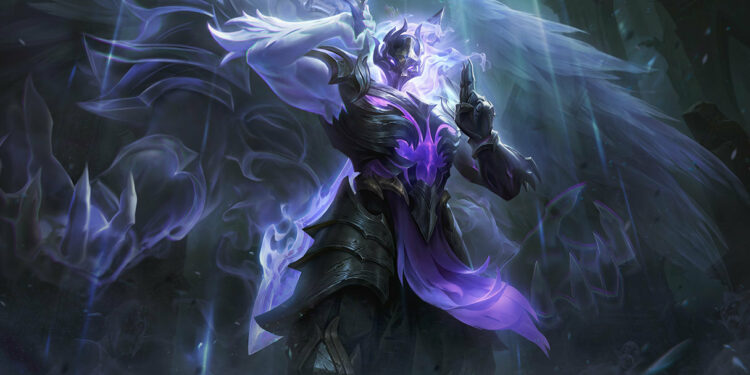LoL player and renowned Shen specialist, xPetu, dedicated his entire Master’s thesis to challenging the developers’ views on item balancing, particularly how they approach item win rates and the concept of the “meta.”
In his thesis, xPetu focused on explaining the real factors behind item win rates and dissected Riot’s balancing philosophy, especially the ideas promoted by Riot’s game designer, Phreak.
xPetu has been a high-ranked player for years, largely thanks to his main champion, Shen. He is one of the best Shen players globally, and his unconventional builds often appear unusual or troll-like compared to the standard items most players would use.

In his Master’s thesis, xPetu set out to prove that his unique approach to building Shen was not only valid but could be applied to any champion. His research went beyond just Shen and examined how win rates for specific items can be misleading. He built an entire app to analyze and support his arguments and, in the process, successfully completed his degree.
One of the main ideas explored in xPetu’s thesis was the concept of inflated item win rates, a phenomenon most veteran League players are familiar with. He used the item Mejai’s as an example—an item typically only purchased by players when they are already ahead in level or gold, helping them snowball further.
However, xPetu argued that this way of thinking about win rates and item effectiveness should apply to a much wider range of items. He challenged Phreak’s idea that win rates for less commonly used items are artificially inflated because only skilled players tend to buy them.
Phreak had previously explained on his YouTube channel that items which are not the most commonly built often have higher win rates because players who purchase them already understand the champion well and are likely to perform better.

“Any item that is not his most built item has a default inflated win rate because the only players who are smart enough to identify this item is good are the ones buying it. They’re already inflating the win rate by being good at the champion.”
xPetu acknowledged Phreak’s insights but claimed that this logic, while intuitive, wasn’t entirely accurate. He argued that Phreak’s conclusions relied more on human intuition than pure data, and even if Phreak’s end conclusions were correct, the reasoning might not be.
To provide a concrete example, xPetu gathered data from his own 38-page thesis, analyzing Shen’s win rates based on different first-item choices in matchups against magical top laners.

One of his key findings was that players often bought Hollow Radiance as their first item in these matchups due to its magical protections. However, his data showed that buying Hollow Radiance as a first item actually decreased its overall win rate (51.25%) compared to what his algorithm predicted it should be (52.67%), despite its frequent use. This demonstrated how common item choices aren’t always the most effective and that better-informed decisions could lead to better outcomes.
While xPetu admitted that Riot likely has access to more comprehensive and detailed data than he did through his limited API access, he still believed that his findings offered valuable insights.

Ultimately, xPetu’s Master’s thesis was much more than just a study on Shen’s item builds. It aimed to challenge long-held beliefs in the League of Legends community about how items work, how win rates are calculated, and how the meta shapes player behavior.
By questioning these core ideas, xPetu hoped to inspire a deeper, data-driven approach to balance changes and itemization strategies. His thesis may have focused on Shen, but the conclusions he drew could potentially change the way players and developers alike think about item builds and the meta across the entire game.








You must log in to post a comment.